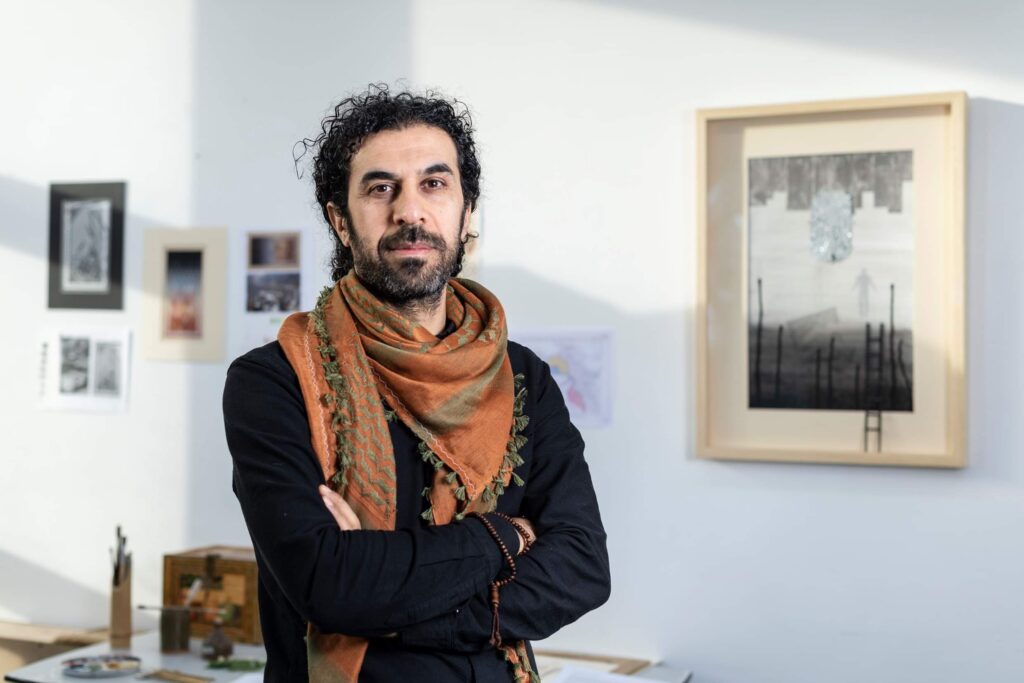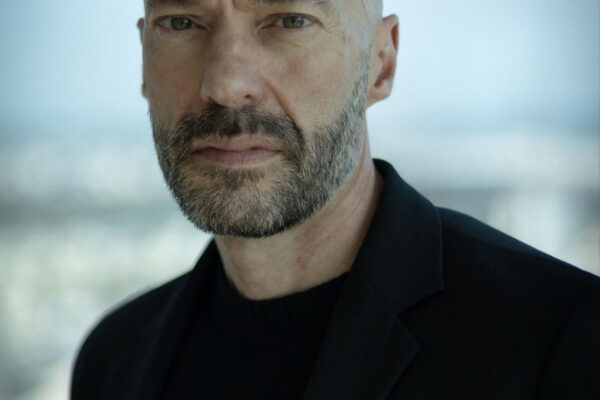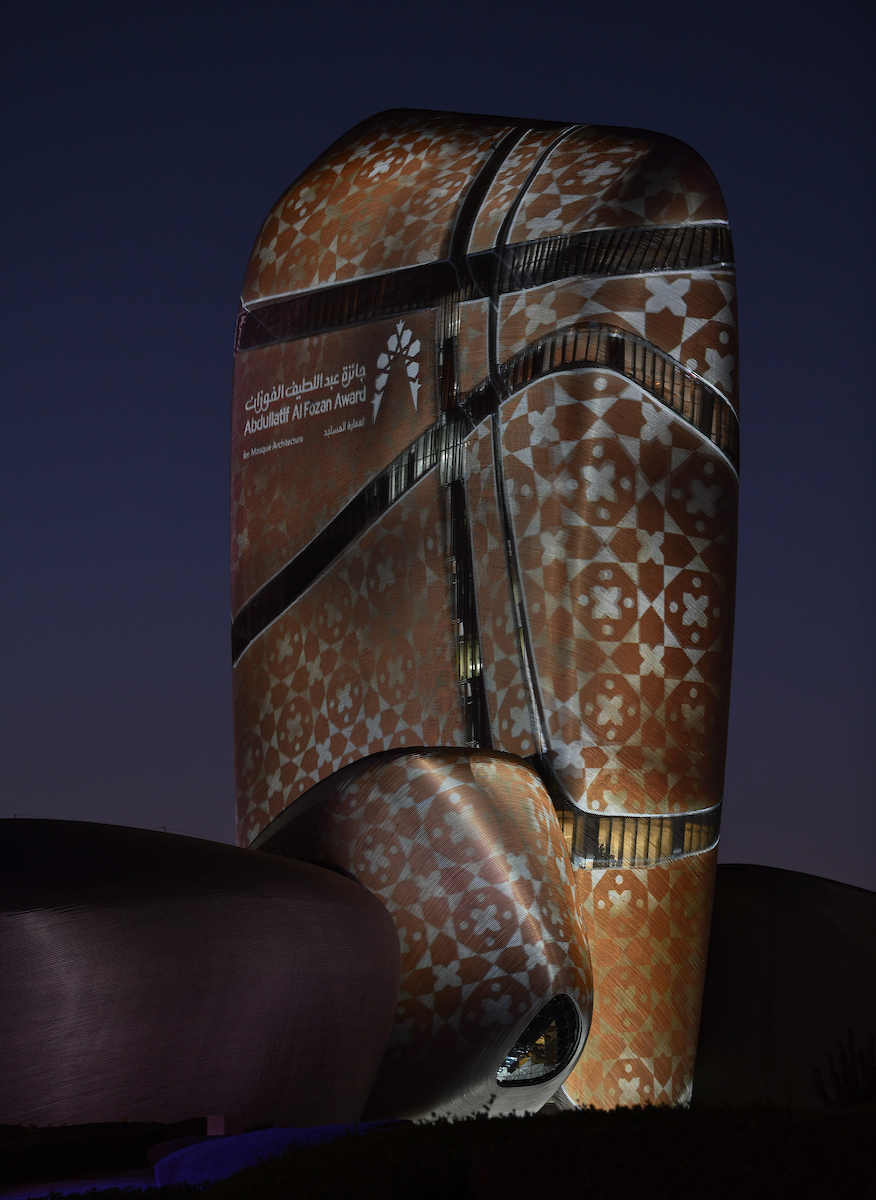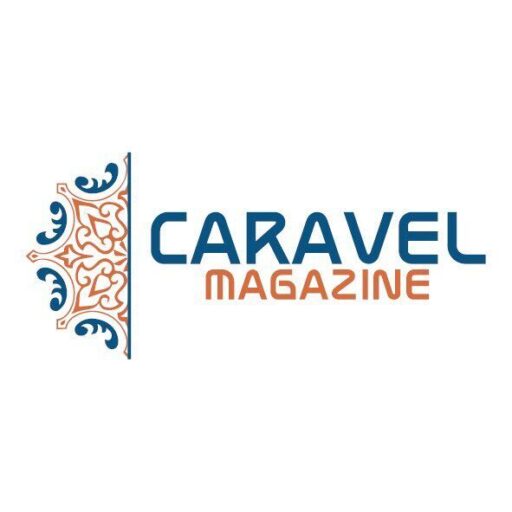The exhibition also highlights Britain’s response to refugee crises over the last 100 years.

London-based artist Shorsh Saleh is one the few who have been commissioned to part in Refugees: Forced to Fleeexhibition at IWM London. The show aims to explore a century of refugee experiences, from Nazi Germany’s persecution of Jews and the Kindertransport to the Calais Jungle and the treacherous Mediterranean crossings.
London-based artist Shorsh Saleh is one the few who have been commissioned to part in Refugees: Forced to Flee exhibition at IWM London. The show aims to explore a century of refugee experiences, from Nazi Germany’s persecution of Jews and the Kindertransport to the Calais Jungle and the treacherous Mediterranean crossings.
Refugees: Forced to Flee is an exhibition supported by the Arts and Humanities Research Council and the Economic and Social Research Council, which will explore how and why the conflict has forced people to leave their homes and seek to build new lives elsewhere.
Shorsh Saleh is a Kurdish mixed-media artist and designer, who travelled to the UK as a refugee 18 years ago from Iraqi Kurdistan. His practice deals with the subjects of migra-tion, borders and identity, with a particular focus on the identity of the Kurdish people, who have been stateless and subject to persecution for the past 100 years.
Saleh has been teaching carpet weaving at the Prince’s Foundation, School of Traditional Arts, London since 2015. His works have been sold both nationally and internationally to a number of clients including HRH Prince Charles.

“As a Kurdish artist, my works relate to my experience as a stateless person, becoming a refugee and witnessing the death of hundreds. Art kept my soul alive during the process of leaving my homeland, the 2 years of travelling across borders illegally and the 8 years of waiting for asylum in the UK.”
The theme of the exhibition at IWM, Refugees: Forced to Flee What does your work aim to say?
The theme of my works in the exhibition is identity. I aim to highlight the persecution and genocide of the Kurdish people over the past 100 years, which has caused many thousands of Kurds to flee their homeland as refugees.
How does your work comment on current social issues?
My works in the exhibition include a series of five miniature paintings and two hand woven carpets. These works relate to my personal experiences of war and persecution and my journey as a refugee from Kurdistan to the UK.
What do you hope that visitors will learn after seeing the exhibition?
I hope that visitors to the exhibition will have a greater understanding of the Kurdish struggle for identity and that my works will make people think about the reasons that refugees flee.
What was your motivation in creating a piece for the exhibition?
The Refugees: Forced to Flee exhibition focuses on 100 years of British involvement in conflicts around the world.
The British involvement in the division of Kurdistan and the rest of the Middle East is fundamental to the ongoing crisis in the area and to many thousands of refugees being forced to flee, including me.
The motivation behind my works comes from these historical facts as well as my experience as a stateless person, witnessing the death of hundreds, becoming a refugee for two years, travelling across borders illegally and the eight years of waiting for asylum in the UK.
IWM London, Refugees: Forced to Flee will be on display from 24 September 2020 – 24 May 2021.




